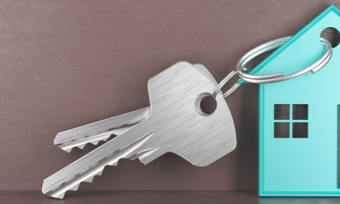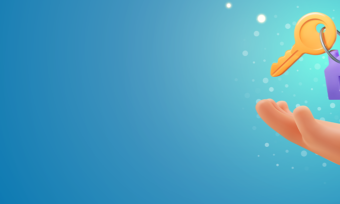Go Home Loan

What type of GO Home Loan mortgages are available?
GO Home Loan features:
- Fixed or floating rates
- Suitable for all purchases, from first homes, new builds and investment properties
- Linked to ASB everyday transactional account that offers full suite of regular and digital banking services
How do I apply for a Go Home Loan?
You can apply by phone or online. For more details, check out the AIA website.
Before you start your application for a home loan, you will need evidence of your:
- Income, including salary, dividends, rent, business profits, etc
- Expenses, such as food, rent, bills, loan debts, insurance, etc
- Deposit – how much cash or equity you have, including any KiwiSaver investments
- Personal details, including a form of valid photo ID, such as your passport or driver’s licence
Canstar’s free comparison tool gives you the ability to compare GO Home Loan products with those from other lenders in the mortgage market. For more details, just click on the button below.
Helpful Home Loans Information
Here are the four most common types of home loans:
Fixed-rate home loan
A fixed-rate home loan has an interest rate that is set for a fixed time period, commonly between one and three years years.
The main advantage of a fixed-rate loan is that it gives you certainty of your repayments over the fixed term.
The main disadvantage of a fixed rate loan is its inflexibility; generally, large additional payments cannot be made. You’ll probably also face a break fee if you decide to switch mortgages or lenders before the end of the fixed term.
Floating-rate home loan
A floating-rate loan has an interest rate that rises and falls over the period of your home loan. This can be in response to movements in the Official Cash Rate, or due to a business decision by your financial institution.
The main advantage of a floating-rate loan is its flexibility. While you must meet your minimum repayments, you can pay off extra lump sums whenever you want to. There are also no financial penalties if you decide to switch mortgages or lenders.
A disadvantage of a floating rate loan is that your minimum repayment amount can rise or fall at any time. Floating rates are also usually higher than fixed rates.
Interest-only home loan
Instead of paying off your principal loan, plus interest repayments, you only pay off the interest fees. This type of loan is most often used by investors who intend to sell the property for capital gains.
Interest-only home loans are not recommended for standard owner-occupiers, due to the increased long-term interest costs associated with not paying off the loan principal (the original loan amount).
Generally, interest-only home loans have a short time frame (up to five years) before they revert to a standard principal and interest loan.
Line of credit home loan
A line of credit home loan is a mortgage that allows you to borrow against the equity in your home. It gives you the ability and flexibility to access a portion of the equity at any time, up to an agreed limit, in a similar way to an overdraft.
You only pay interest on any sum borrowed, usually at a variable rate, which means you can make extra payments to reduce the sum owed at any time.
Other home loan features
There are many different features that can be attached to your home loan, which can include:
- An offset account
- A redraw facility
- The ability to make extra repayments
- The ability to split the loan between fixed and variable (floating)
- The ability to switch to a different type of loan
- Ability to pre-pay interest
- Online functionality
- Lending terms, including its LVR (loan to value ratio)
- Guarantor security availability



